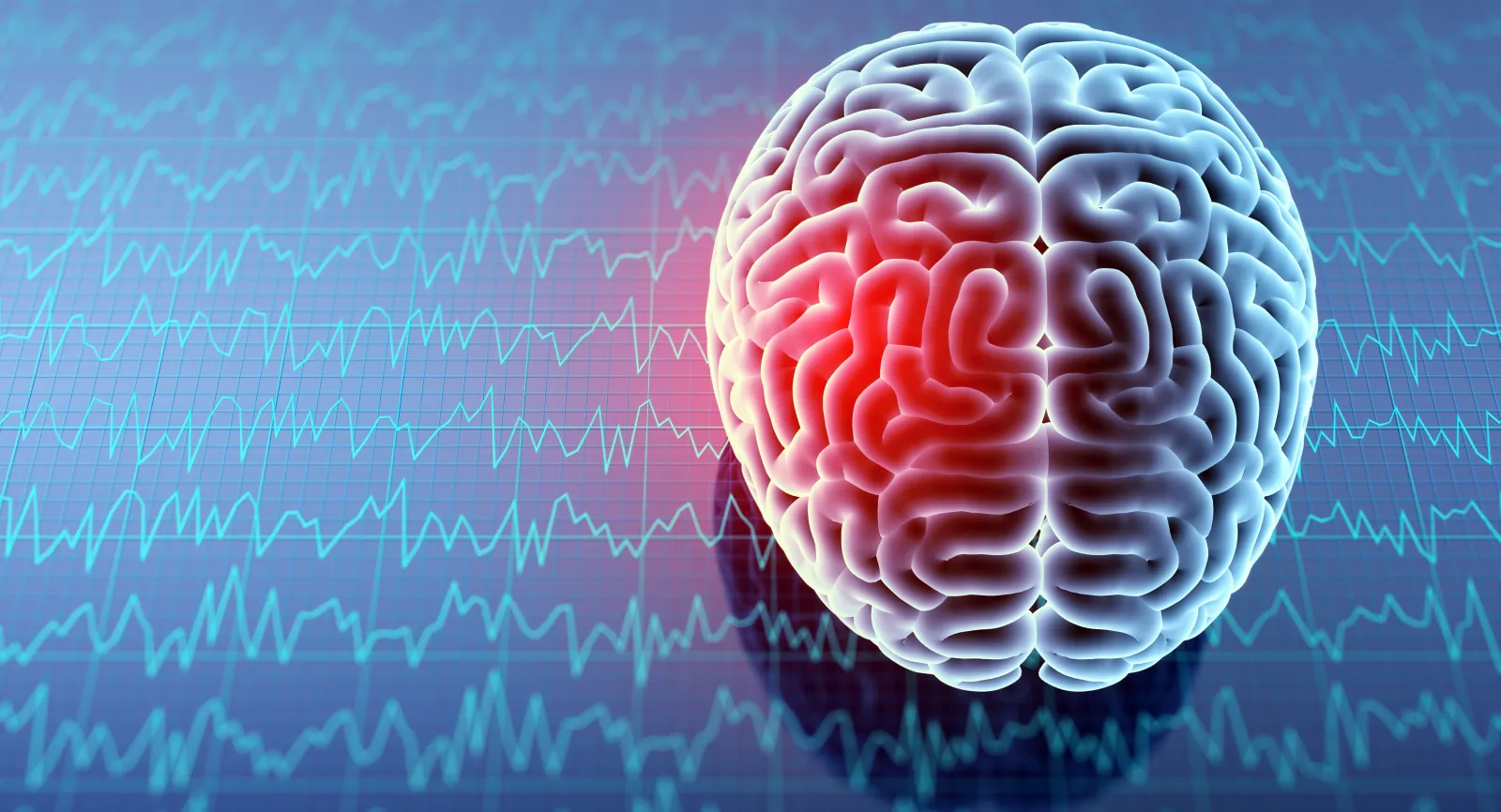
As every migraine sufferer knows, migraines aren't just headaches. Migraines can cause debilitating pain that make it impossible to get through the day -- much less be productive.
June is National Migraine and Headache Awareness Month. At Summit Medical Group, we know many of our patients and members of our local communities deal with migraines and headaches on a regular basis, so we want to provide some information that will help you come better identify, understand, and treat a migraine.
What Causes Migraines?
Many migraine sufferers work to pinpoint their triggers to avoid a future migraine. Unfortunately, researchers still aren't completely sure what causes migraines to occur. There's likely a combination of factors at work, including changes in blood vessels, nerves, and chemicals. While the exact cause of migraines has yet to be determined, many people find that certain health and life circumstances have an impact on the likelihood of their occurrence.
Common migraine triggers include:
- Hormonal changes throughout a woman's menstrual cycle. Women who menstruate are three times as likely to experience migraines.
- Stress (both chronic and acute)
- Fatigue
- Certain foods & drinks, including caffeine, alcohol and chocolate
Knowing your individual triggers can help you and your doctor develop a plan to stop future migraines from happening. Many people who live with migraines find it helpful to keep a journal regarding their symptoms. This can also help you and your healthcare provider to work together to find patterns, allowing you both to develop a plan that makes it less likely that you'll experience migraines in the future.
What Does a Migraine Feel Like?
For many people, a migraine involves severe headache pain that is often only felt on one side of the head. When people are experiencing a migraine, they may find themselves to be extremely sensitive to light and find it difficult to fully open their eyes due to light changes (similar to the feeling many experience following eye dilation at an eye appointment. Others may be overly sensitive to sound, while some may even experience gastrointestinal symptoms (such as vomiting) due to the pain.
There are three common types of migraine headaches. The type of migraine you experience can determine your symptoms. Some people only ever experience one type of migraine, while other find that their migraines change over time. The three most common types of migraines include:
Migraine with aura: In this type of Migraine, warning signs are experienced before the pain sets in. Many people experience an 'aura,' which can include the appearance of flashing lights, blind spots, and patterns in their vision (such as dots, repeating black marks, or tunnel vision.)
Migraine without aura: This type of migraine only involves severe headache pain without the warning signs associated with aura.
Silent migraine: Only the aura portion is experienced in a silent migraine; head pain does not occur.
Migraines differ from person to person. If symptoms are more severe than normal, or if you experience new and concerning symptoms, such as paralysis, weakness, slurred speech, fever, double vision, confusion, or seizures) — it is imperative you seek medical care at an emergency room immediately, as these symptoms can be signs of a more serious condition.
How Long Can a Migraine Last?
The length of a migraine can depend on several factors. Some people find that their migraines fade within a certain time, while others experience more variability. Typically, a migraine lasts anywhere from four hours to three days. The frequency of your migraines is also important to mention to your doctor. If you experience more than a few days of migraines per month, you may be a candidate for certain medicines and treatments that can stop migraines from occurring in the first place.
What Treatments Are Available?
Unfortunately, there is no cure for migraines -- yet. Researchers are working to determine the exact cause of migraines so that they can develop treatments to prevent them from happening at all. Thankfully, there are medicines available that can treat the symptoms of a migraine, allowing you to get back on your feet faster following an attack. Many people find basic painkillers helpful when experiencing a migraine. Taking medicines like Tylenol or Advil as soon as you notice the first symptoms of a migraine can help minimize symptoms, even if you can't eliminate them altogether. If you find you are experiencing regular migraine attacks that keep you reaching for your medicine cabinet, be sure to talk to your doctor, as they may be able to provide you with different, more effective pain management options.
Triptans (such as Imitrex, Zomig, Amerge and Maxalt) are prescription medications that can help with brain changes thought to occur before a migraine attack. You may find these medicines do a better job of stopping your migraine than painkillers alone. If you deal with nausea during your migraines, your doctor may prescribe anti-nausea medications to ease discomfort and help you get the rest you need.
In addition to pharmaceutical treatments, there are also at-home remedies that many people find helpful for alleviating migraine symptoms. For example lying down in a quiet, dark room with a cool cloth on your head may help with symptoms. Others find that stress reduction techniques (like deep breathing) can help alleviate symptoms as well. In any case, a visit with your doctor is the best first step you can take to minimizing the control a migraine headache can take over your life.
Summit Medical Group has more than 200 physicians in 87 locations across 18 counties in East and Middle Tennessee. To find a primary care provider near you, visit www.summitmedical.com/health.
- Information courtesy of Evidation Health, Inc.
